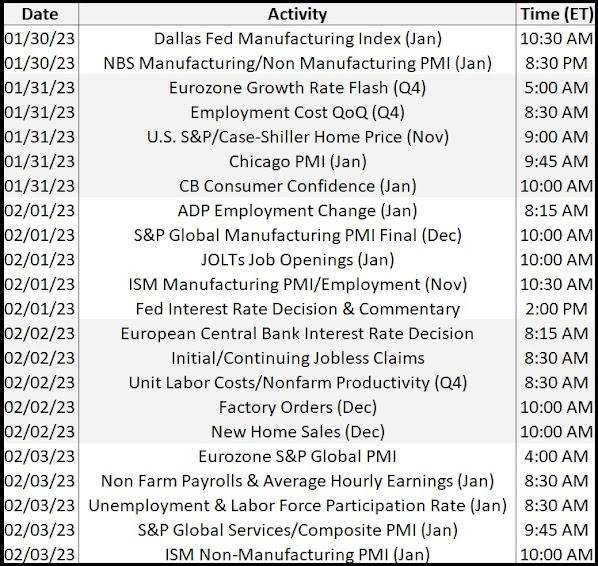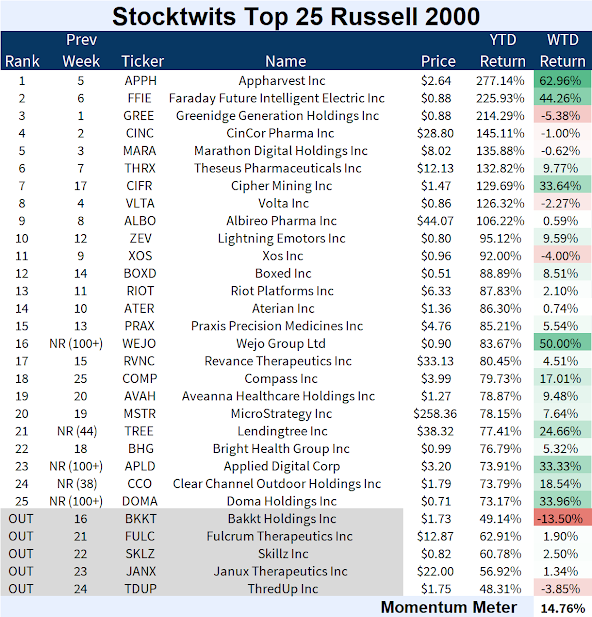“higher interest rates will kill the housing market” narrative
“higher interest rates will kill the housing market” narrative Check out the chart below. I plotted U.S. house prices overlaid with interest rate hiking cycles. The chart goes back to 1987. Every shaded area represents a hiking cycle – which in this chart is any period when the Fed raised rates at two or more consecutive meetings. Successful trader shares access to #1 strategy for 2023 And during every hike cycle, house prices in the U.S., as measured by the FHFA U.S. House Price Index, went up… Not down. During the 2022 hike cycle (which isn’t over yet), house prices appreciated at the fastest rate in decades. So much for the “higher interest rates will kill the housing market” narrative.

